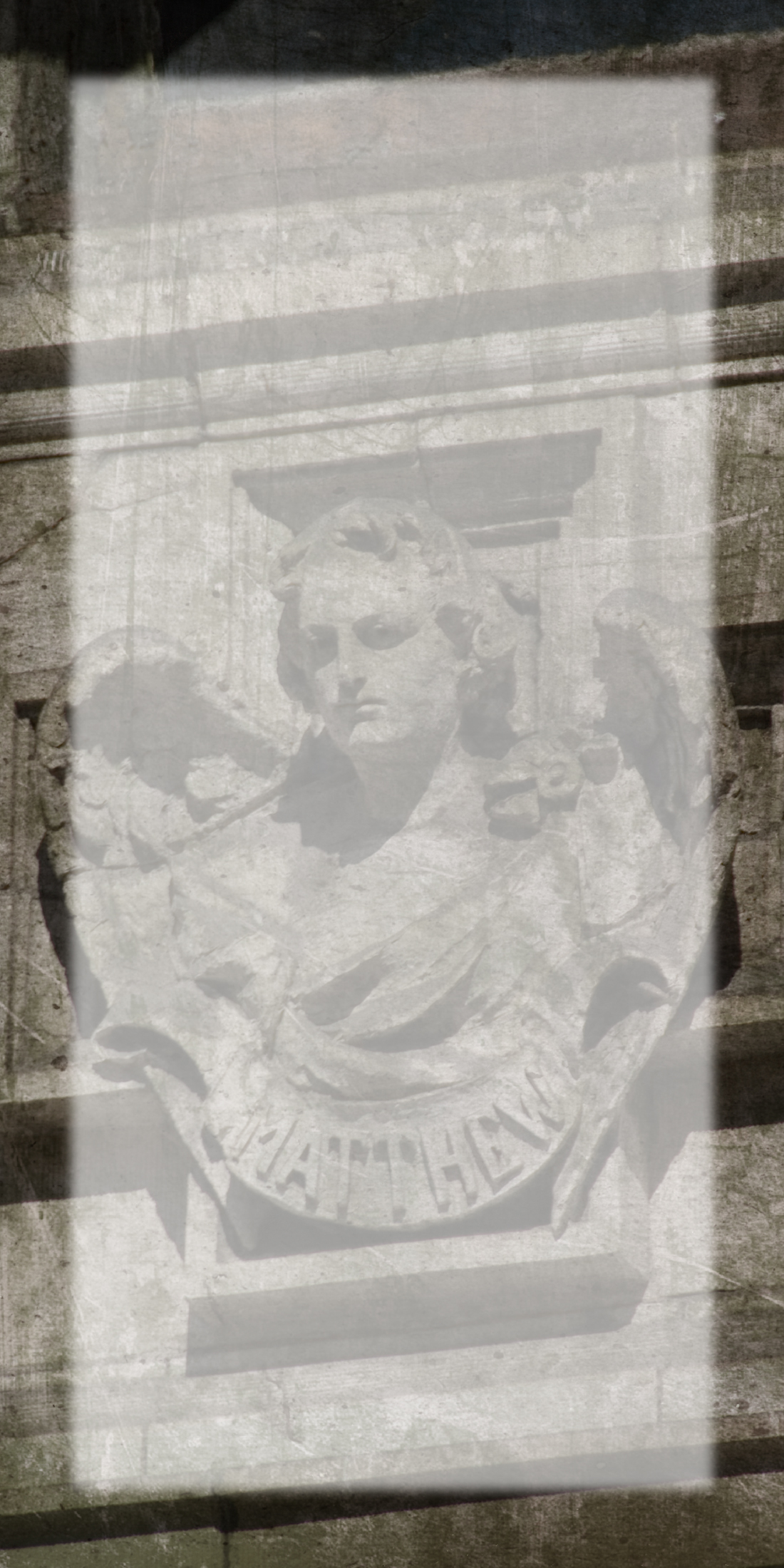MK: You’ve used the term “Photoplastik,” “a work that combines photography and sculpture” to describe your work. What was the impetus for your moving in this direction?
MS: As I’ve already explained, although I have always felt admiration for qualities of classical photography, they also feel limiting to me. I tend to be the sort who likes to question limits, push things, and question the status quo. I wanted to do work that was non-figurative. From the beginning, I wanted to find a way of creating a kind of photography that would allow me to explore other dimensions of reality, while avoiding any kind of photographic trickery.
I’m a purest. And I believe one should ask what are the characteristics and eternal facts buried in every event—you don’t want to do something that is contrary to that truth, even if it is technologically possible. I was asking for a pure abstract photography. The new digital technologies of which we have been speaking allowed me to achieve this. I am able to sculpt forms as direct translations of those imprints of time left on the photographic picture plane. This is done with light of course. So as not to have this work confused as sculpture in the classical sense I invented the terminology “photoplastik,” which means, simply, light-forms.
MK: You use the term “Integral Post-Modernism.” Tell us more.
MS: From a historical perspective postmodernism is a nonlinear, not antagonistic reality model; it is a matrix of concepts from which we create reality. Postmodernism is a form of philosophical integration. Integration is its primary goal and functions as a form of sharing. In order for this to be so, the philosophical paradigm of postmodernism had to first be preceded by a process of philosophical delineation, a separating of the concepts underlying the assumptions that are the subtext of our interpretation of the world. Building a new, nonlinear composition of reality—the postmodern one—depends on this. We cannot build an array of reality or a matrix of concepts, until we have first clearly segregated and understood those ideas. And so, we can interpret postmodernism as a process of conceptual integration.
Instead of reality being a linear progression from a former articulation of truth to a more current one, maybe the postmodern model is one of reality as an all-encompassing instant. Such a change in our basic understanding of ourselves and the world we are creating has titanic implications. That these changes touch all areas of human activity; morality, economy, politics, ecology, sexuality, art—everything—is reflected in the way we are transforming the world.
Only in a world where reality is defined as a matrix construction, an array, are certain ideas and technologies possible. Globalism, the World Wide Web, digital technology, the European Union, and many other examples attest to this understanding of postmodernism. Only in a world predicated on the assumption of the relativism of meaning can these kinds of networks evolve into a democracy of dialogues. This is because networks are arrays. The meanings generated by these networks, that is to say, truths are the result of their composition only. It is from here that quality is derived. I would even go so far to say that in today’s integrated postmodern world, diversity is quality.
Why am I pursuing all this? Because we are situated in a historical period of monumental change. These changes affect all of us; give us distinct opportunities to change the world and make it a better place. All of this allows for a transformation in our consciousness. Consciousness is the final issue, and, ultimately the only issue. It is the reason I make art.
